
Hope for a huge, ancient and imperilled fish
First Nations are leading efforts to make sure lake sturgeon can find a home in...
Raymond Hill has been traversing the wilderness on Grande Mountain near Grande Cache, Alta., on horseback for more than 40 years. He regularly encounters elk, moose and grizzly bears out on the trails. In the summer, he casts lines into the Smoky River for trout and walleye. “It’s a nice place to enjoy, or to sit by a fire and get some peace and quiet,” Hill says.
But a new coal mine on the eastern slopes of the Rockies means that peace on Grande Mountain may soon be threatened.
An underground coal mining project named Summit Mine 14 has been quietly resurrected by Valory Resources, an Australian mining company, leaving many residents with questions about how the project got the green light, and whether it will truly benefit the community.
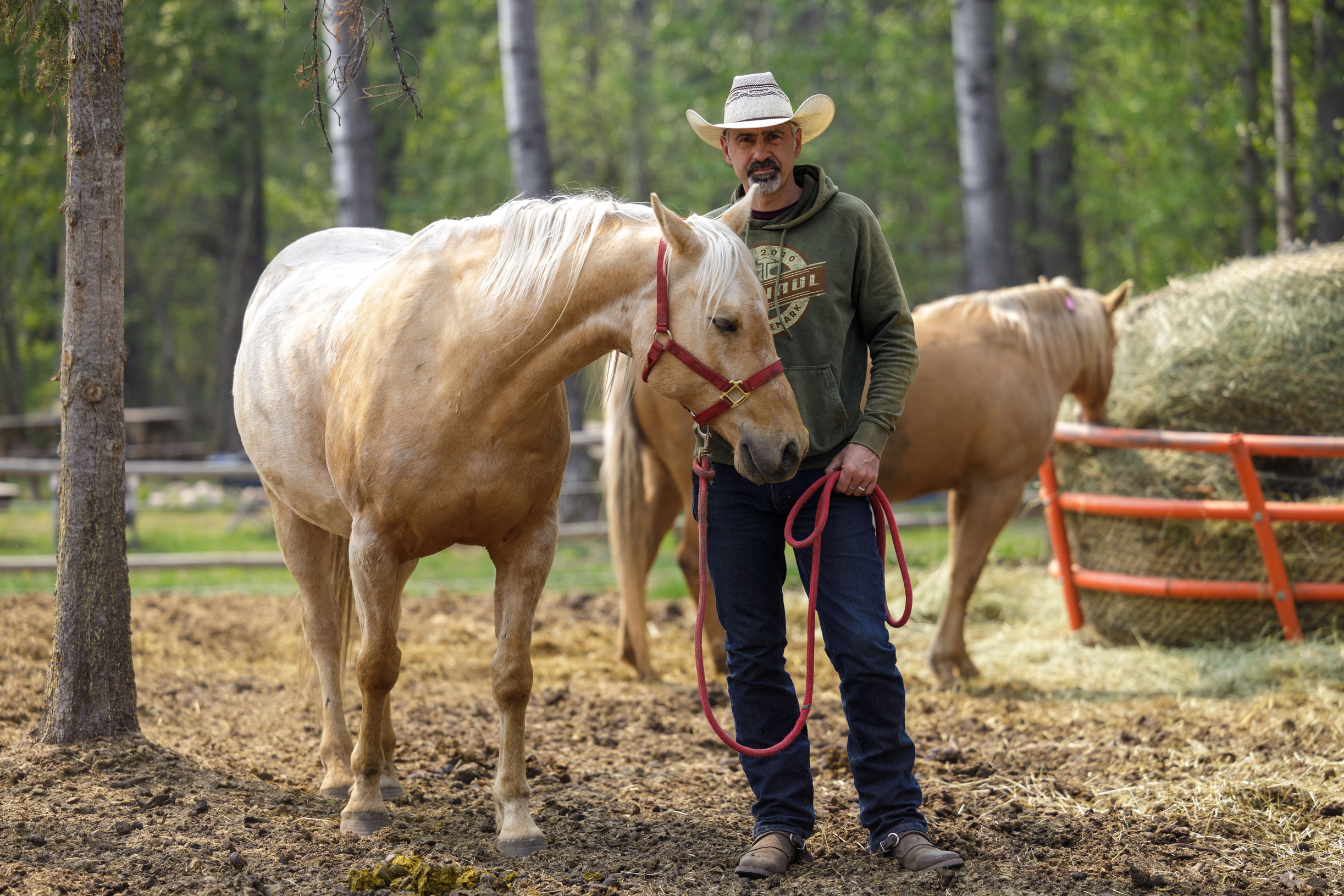
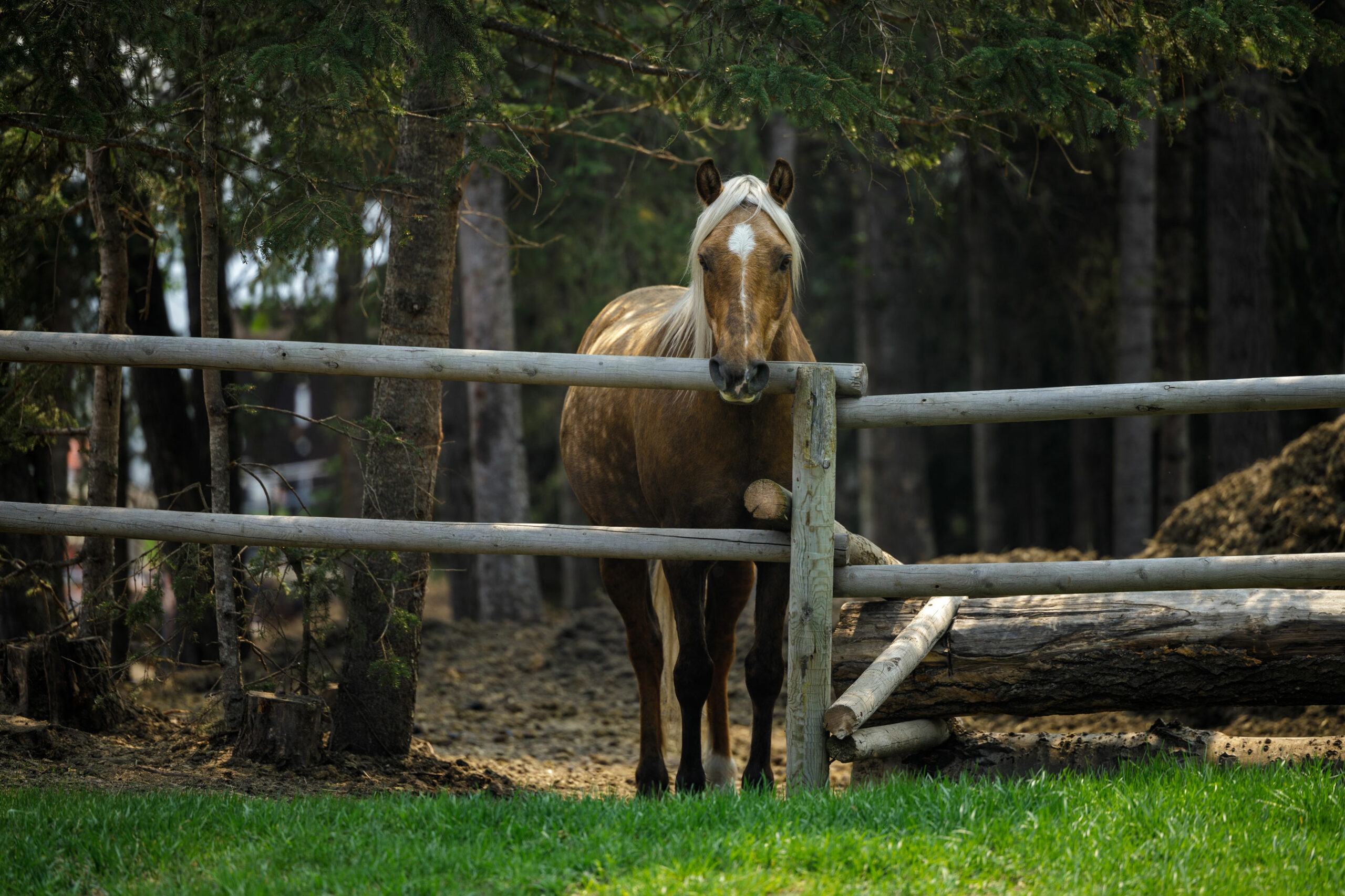
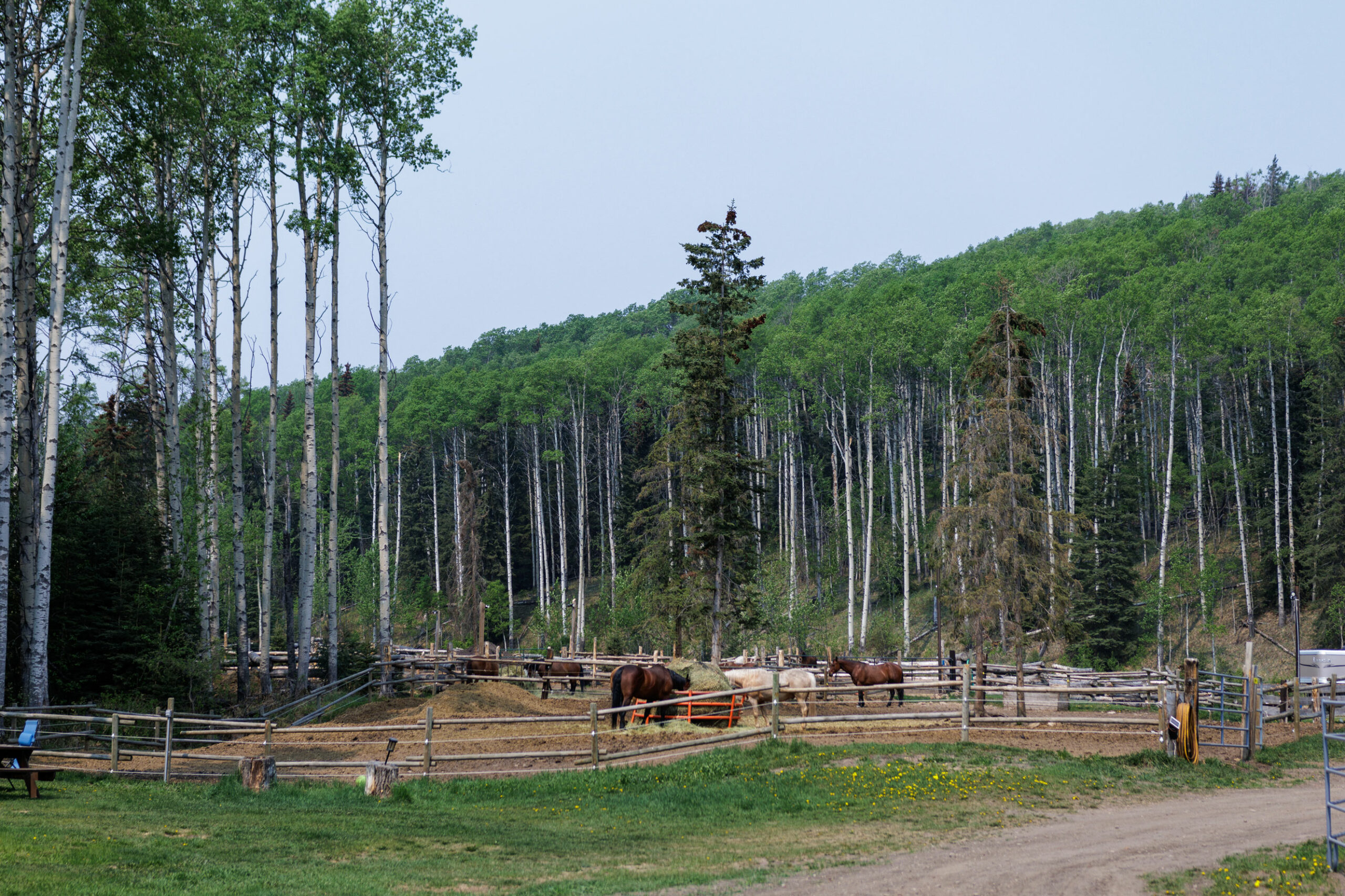
Grande Cache was a town purpose-built for coal in the 1960s. But as the community’s fortunes rose — and fell — with coal’s boom-and-bust cycles over the years, many residents are leery of once again betting their futures on coal. And despite the company’s promises of economic benefits, local business owners suggest a burgeoning local ecotourism industry may be at odds with more coal development, and are raising questions about the mine’s environmental impacts.
“I am not anti-industry. I work in the oil and gas industry. But I think it’s important that people be able to be heard about why we don’t want this in our backyard.”
Jules Desrochers
“It’s going to be like putting a coal mine on the ridge overlooking Jasper,” Hill, the president of the Grande Cache Saddle Club, says. “But it’s ‘Jasper, without the rules.’ ”
Jules Desrochers’ leased ranch is located downstream of the proposed mine. He’s worried about the risks of contamination and runoff into the stream, which flows into Grande Cache Lake. Desrochers, a member of the Métis Nation of Alberta, runs Elk Ridge Quarter Horses, where, along with his wife, they offer camping and horseback-riding.
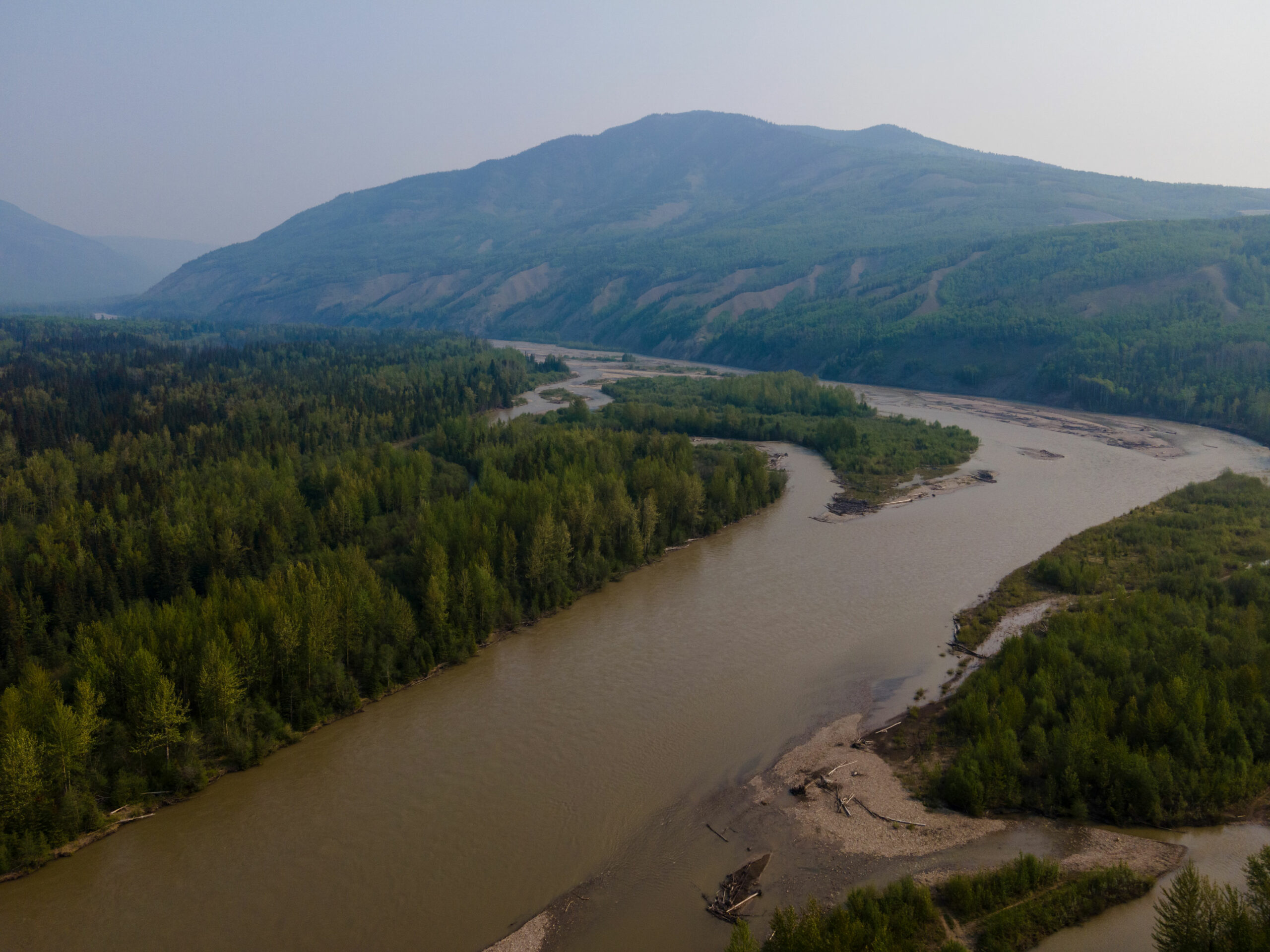
“There are so many potential impacts on air quality, water quality, wildlife, grizzly bears, goats, sheep — everything is living on that mountain,” Desrochers says.
“I just don’t see this as something that is publicly and environmentally safe at all. I am not anti-industry. I work in the oil and gas industry. But I think it’s important that people be able to be heard about why we don’t want this in our backyard.”
The site of the proposed coal mine, not far from the headwaters of the Smoky River, is dense with conifers and serves as habitat for big horned sheep and elk. This wilderness is part of the eastern slopes ecosystem that was at the centre of intense outcry when the provincial government moved to open much of it to coal mining in 2020.
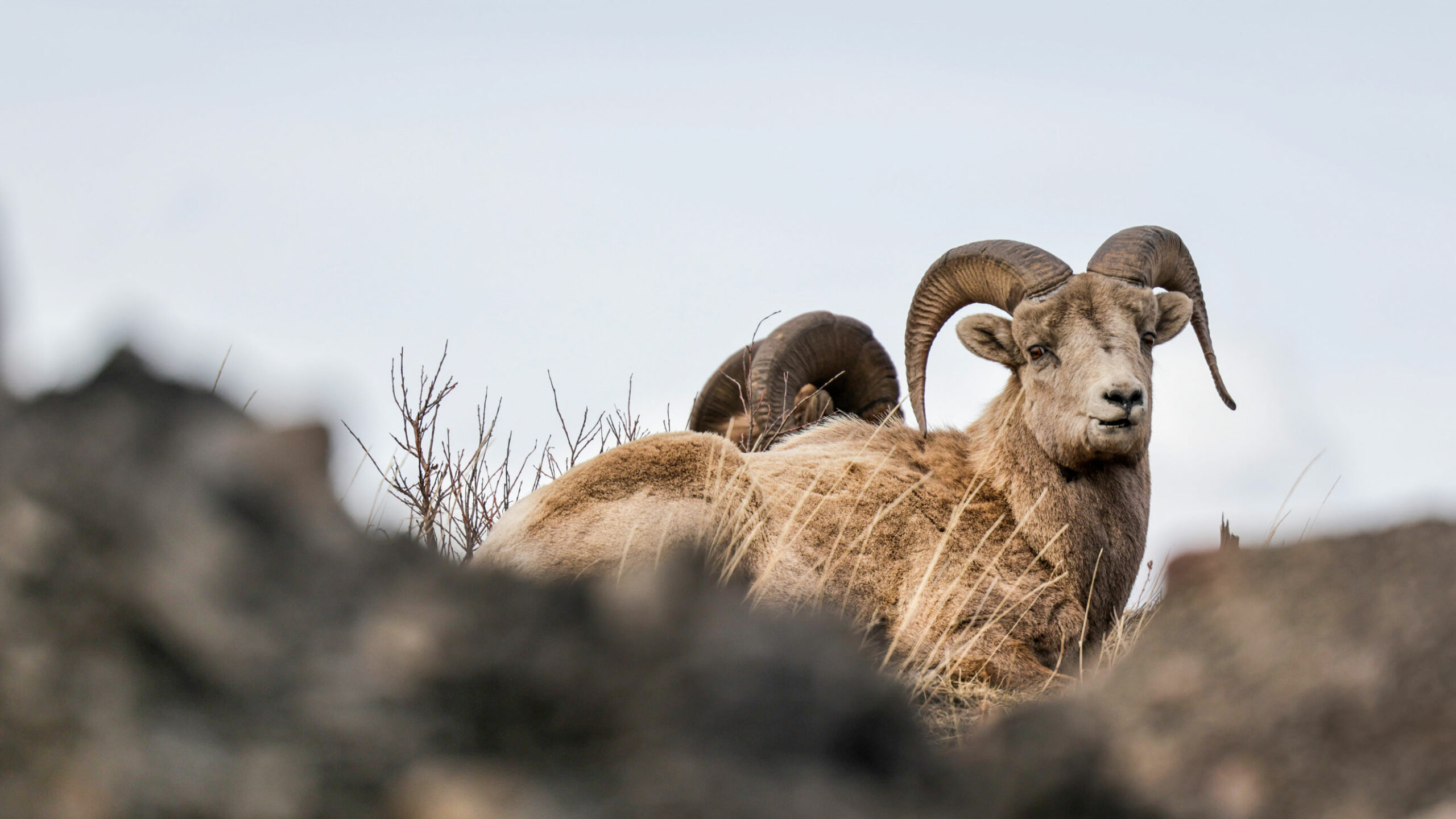
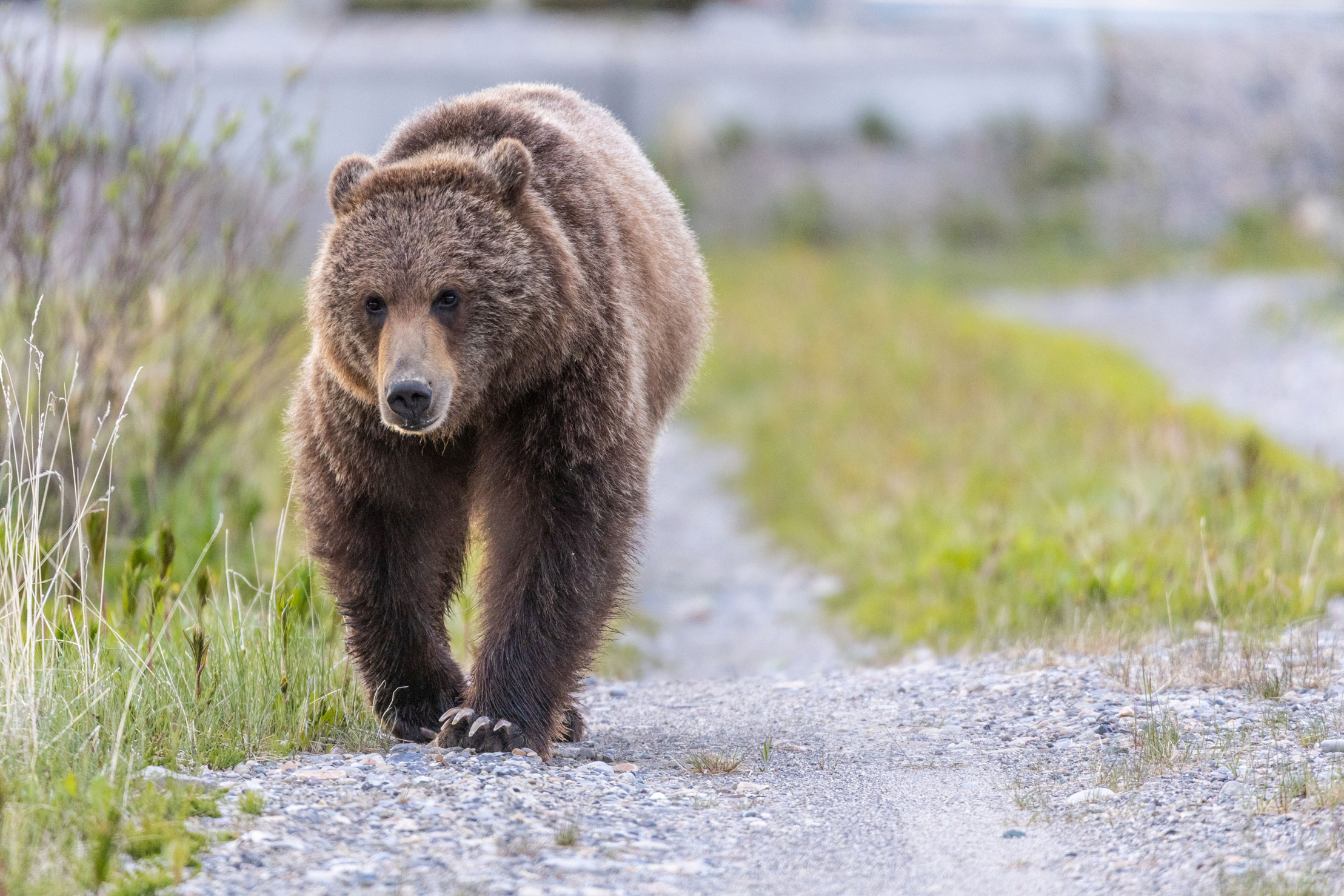
The Summit Coal Mine 14 project will be located four kilometres northeast of Grande Cache on Grande Mountain, a forested peak popular with hikers, horseback riders and snowmobilers. Mine 14 would create a footprint of 53.5 hectares on the mountain and would puncture the surface with 91 drill holes, ultimately creating an underground footprint of 512 hectares. The company aims to produce 3,562 tonnes of coal per day for nine years, transporting it in trucks to a coal processing plant at the nearby HR Milner Generating Station, where it will then be shipped by rail for export to Asia and used in steelmaking.
Though the Alberta government ultimately reversed its decision to open the eastern slopes to coal mining in response to public backlash, Mine 14 slipped through the cracks, according to conservation advocates. Mining the eastern slopes remains an issue in the Alberta election, with the NDP promising to put an end to it outright. What an NDP win and all-out ban could mean for Mine 14 is not yet clear.
“Last spring, Alberta had a very robust, detailed conversation about the future of coal mining in the eastern slopes and our headwaters. Albertans very clearly articulated that they did not want new coal development,” Tara Russell, the Northern Alberta program director at the Canadian Parks and Wilderness Society Northern Alberta, says. “It feels like that was ignored.”
According to Russell, Mine 14 “came out of nowhere.”
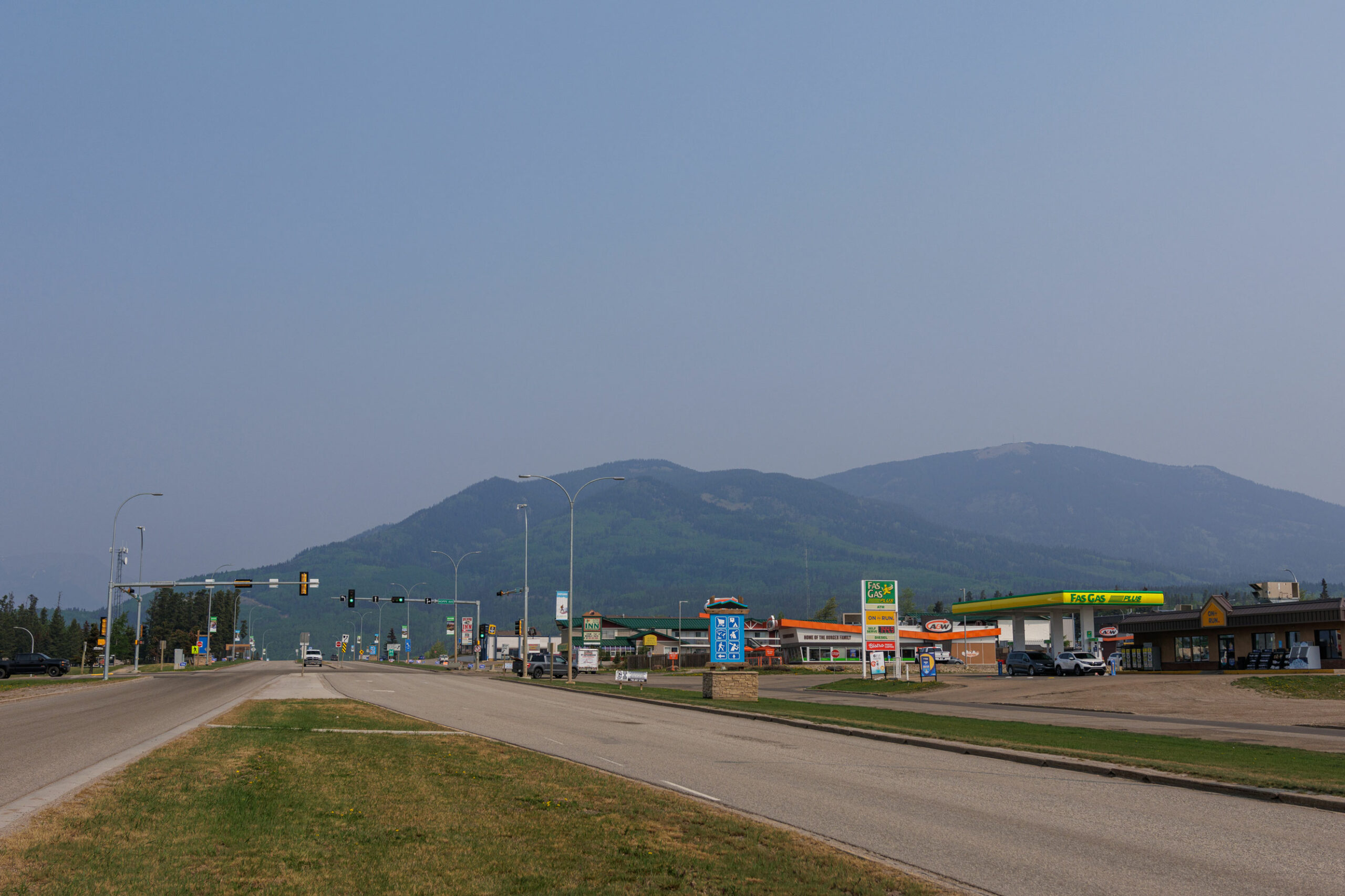
The underground mine plan has been around for years, with little fanfare. It was first proposed in 2008 by Milner Power and received approvals a few years later. For over a decade, Mine 14 has remained undeveloped — many forgot about it entirely.
Then in March 2022, Mine 14 was listed by the Government of Alberta as one of the four “advanced” projects allowed to proceed despite a moratorium on coal development in Alberta’s eastern slopes. Two of those projects, Grassy Mountain and Tent Mountain, have since been halted. A proposed expansion to the Vista coal mine near Hinton has been stalled by a federal review.
Mine 14, however, forged ahead. The same day the Alberta government announced the exemption, Valory Resources met with town councillors of the Municipal District of Greenview to pitch a business proposal for Mine 14. (Tyler Olsen, the reeve for the Municipal District of Greenview, declined an interview about Mine 14 and Valory Resources did not respond to requests for an interview.) The company’s initial plan had mining operations beginning by October of last year.
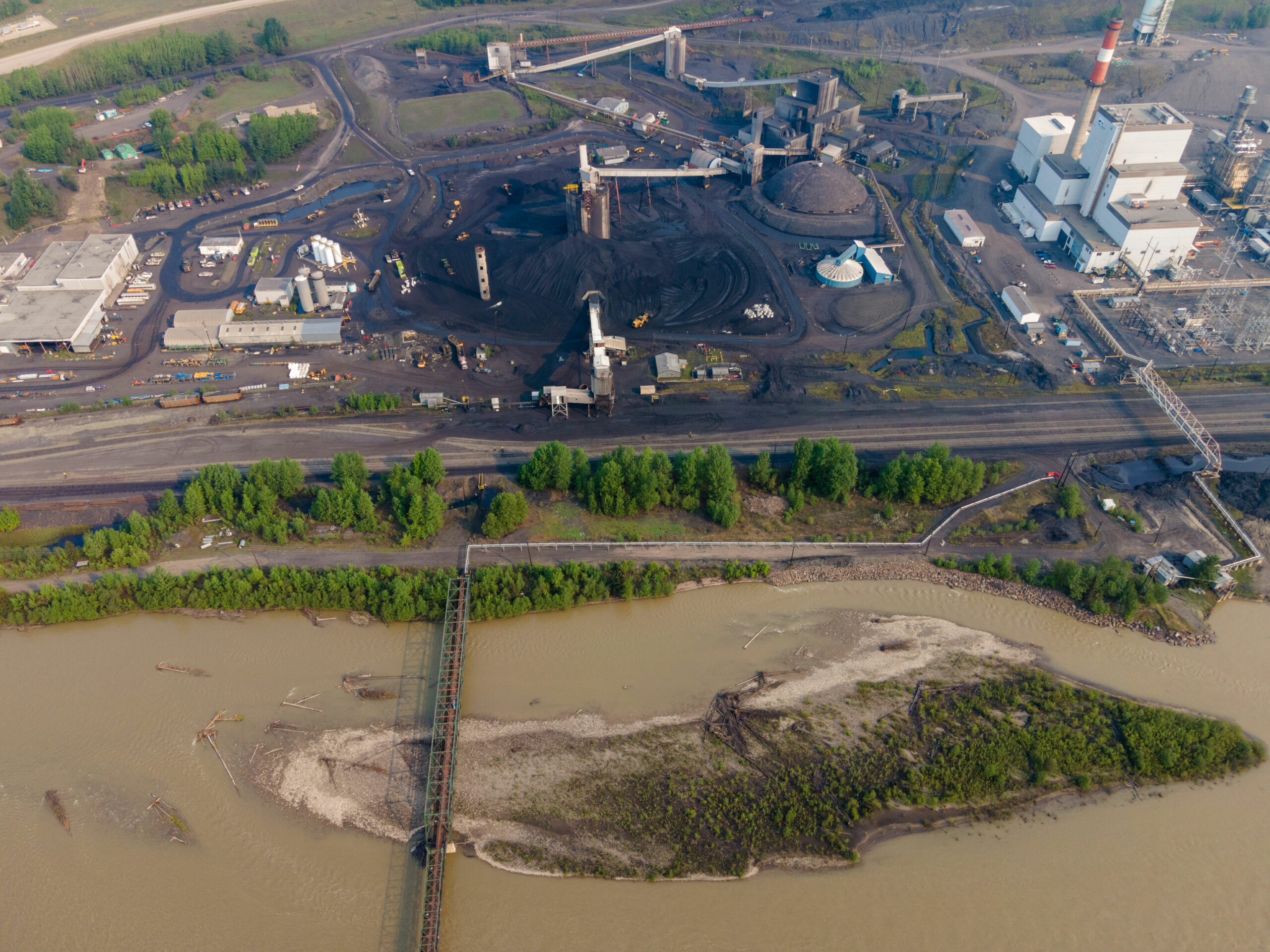
Hill, along with the members of the Saddle Club board, only learned the project was moving forward last June. That month, the group received a letter from Valory Resources subsidiary Summit Coal Inc., informing them that they’d be building a 6.5-kilometre access road through a corner of their lease. Alarmed, the group wrote back to Summit Coal stating they did not consent to Mine 14, and requesting a stakeholder consultation meeting by late August.
They never heard back.
Earlier this year, the saddle club received a second letter stating, “Summit Coal has now decided to proceed with this project.” Shocked, Hill phoned the company and told them about the letter the Saddle Club had sent months earlier. According to Hill, after initially saying they “couldn’t find it,” a representative found the letter and assured Hill it would get “to the right department.”
“That’s the last I heard of that,” Hill says.
The perceived lack of information around Mine 14 has Hill and other members of the Saddle Club worried. Tina Tippe is one of them. Tippe, a retired X-ray technologist and Grande Cache resident since 1977, says the project will be visible from town, and trucks carrying coal will likely spread coal dust through the region.
Hill shares that concern. He knows well how big an impact the dust can have. He used to work at another local coal mine, the Grande Cache mine, currently owned by CST Coal Inc., which has experienced enormous instability since it opened in 1969. “All of our trucks we brought in back and forth were full of dust and coal falling off of them,” Hill says. “I don’t know how they’re going to control that.”
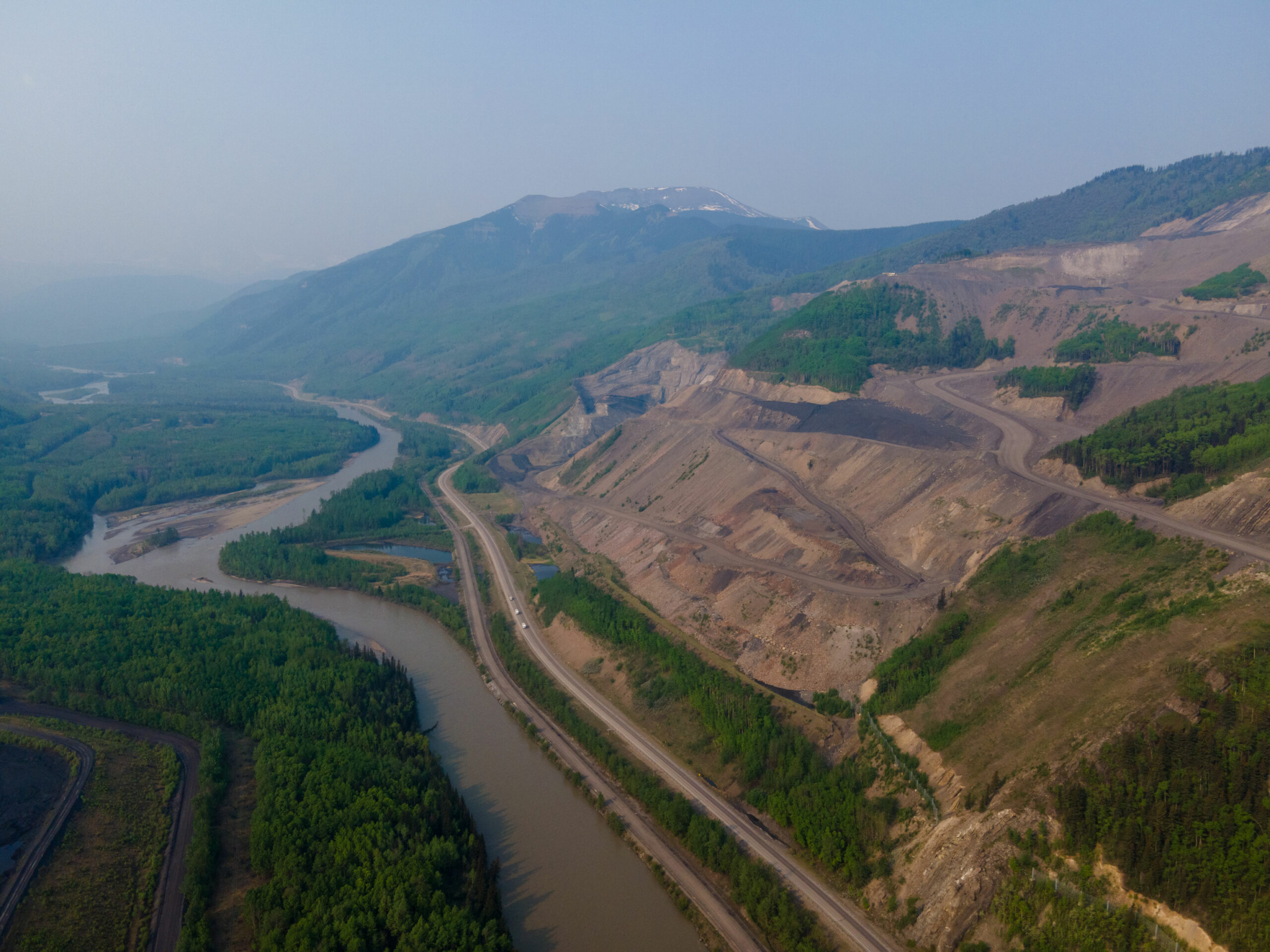
The Aseniwuche Winewak Nation is also concerned about coal dust, which has been linked to chronic obstructive pulmonary disease (COPD), including bronchitis and emphysema, among other issues. Last summer, the Nation filed a petition for review of Mine 14 under the federal Impact Assessment Act, citing health concerns of coal dust, water contamination, potential effects on fish and species at risk and disruption of land-based, traditional practices of Indigenous Peoples.
A month later, four more nations — the Emineskin Cree Nation, Cadotte Lake Métis Nation, Duncan’s First Nation and Whitefish Lake First Nation #128 — followed suit, each requesting a federal review.
Minister of Environment and Climate Change Steven Guilbeault denied the requests for the review of Mine 14 late last year, saying consultation with Indigenous Peoples would be taken care of through other channels, like provincial legislation and other federal approvals.
For its part, the company behind Mine 14 says it intends to engage and consult Indigenous communities “for mutual benefit including jobs, contracts and direct ownership through investment.”
Aseniwuche Winewak Nation isn’t convinced the mine is to its benefit.
“Do we want mining as a community? Do we want to see this mine developed the way it’s proposed? My answer is no,” David MacPhee, president of the Nation, says. “Our experience with mines … has been very harsh to our community.”
Members of the Aseniwuche Winewak Nation identify as Cree, Stoney, Iroquois, Beaver, Shuswap and Saulteaux. “We are not Treaty,” MacPhee says. “When Treaty 8 was signed to the north of us in 1899, we were never included.” In 1907, the Aseniwuche Winewak were evicted from Jasper National Park and relocated to the territory to the north. Without Treaty Rights, the Aseniwuche Winewak Nation has historically lacked access to services and consultation processes with government and industry.
When the town of Grande Cache was built in the 1960s, life changed drastically for the Aseniwuche Winewak Nation. Initially, MacPhee says, they weren’t consulted on development projects and sacred burial sites were lost. “Our community was not acknowledged as a community,” MacPhee says.
The Aseniwuche Winewak Nation was first formally consulted on Mine 14 in 2009 by Maxim Power. While the Nation supported the project at the time, MacPhee says those consultations are now 14 years old and the project has since changed ownership.
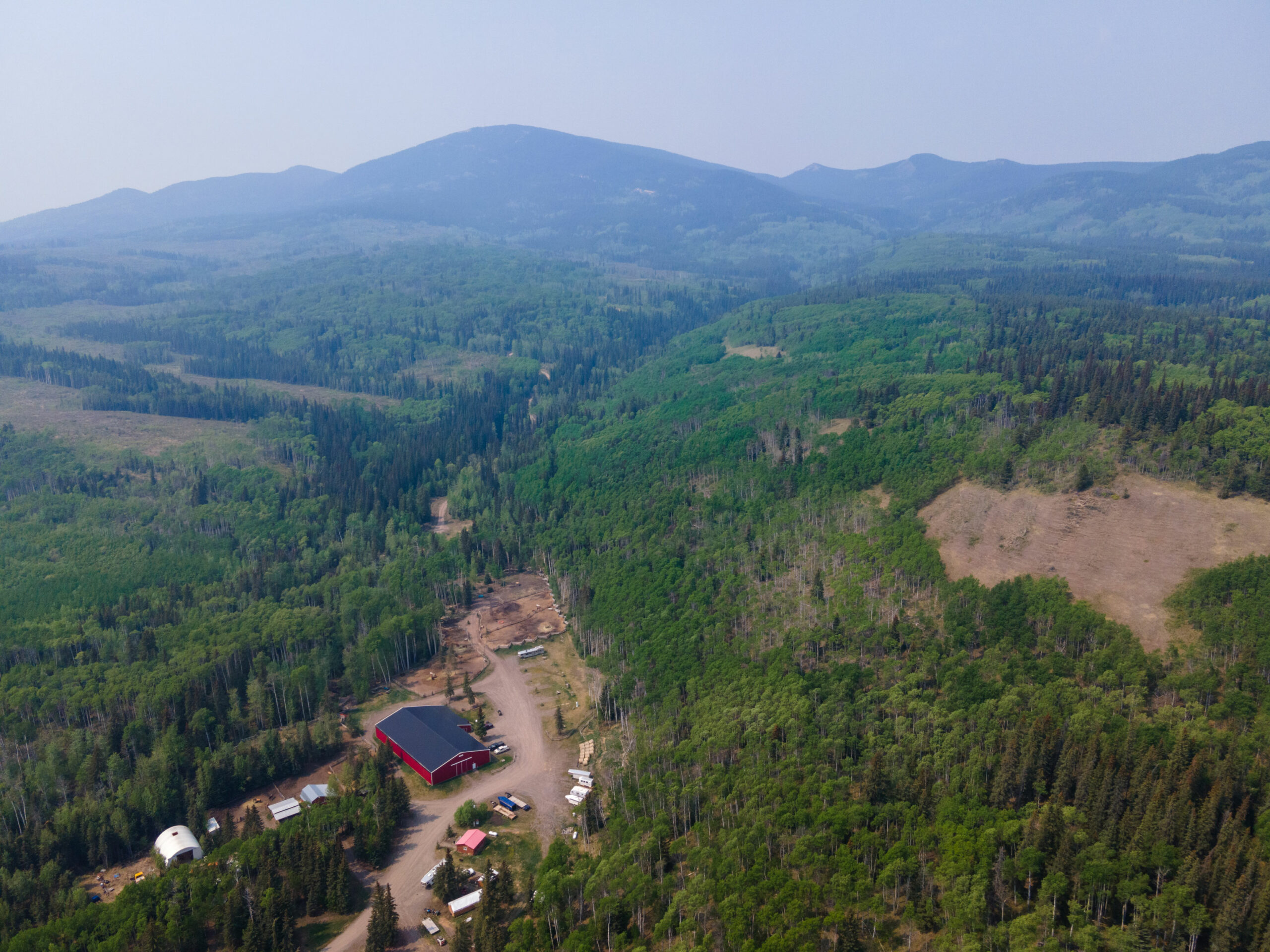
“In our heart of hearts, we’ve always said, ‘we’d prefer to see no coal mines operating,’ ” he says, adding coal mining has long disrupted traditional ways of life for Indigenous people.
He points to the cost of cumulative effects of resource development on their traditional territories due to logging, oil and gas, and coal mining.
“People trap and hunt. People gather medicines. People go there for mental health. People go there to teach to pass on their traditions. People go there to pray,” MacPhee says.
“In terms of disruption, yes, there is a definite disruption,” he says. “Some of the mining projects we have seen to date, that are potentially 50 years old, have never been reclaimed yet.”
Mine 14’s lease is home to diverse species, including Canada lynx, wolverine, mountain goats and sheep, and at-risk fish and grizzly bears. Adjacent to the proposed mine is caribou habitat, a threatened species in Alberta, and protected under the federal Species At Risk Act.
“This is an area of steep slopes, sensitive and rich wildlife populations that already have been feeling the effects of all the industrial impacts in the area,” Carolyn Campbell, conservation director of the Alberta Wilderness Association, says. “It’s very concerning that there’s momentum for yet another coal mine.”
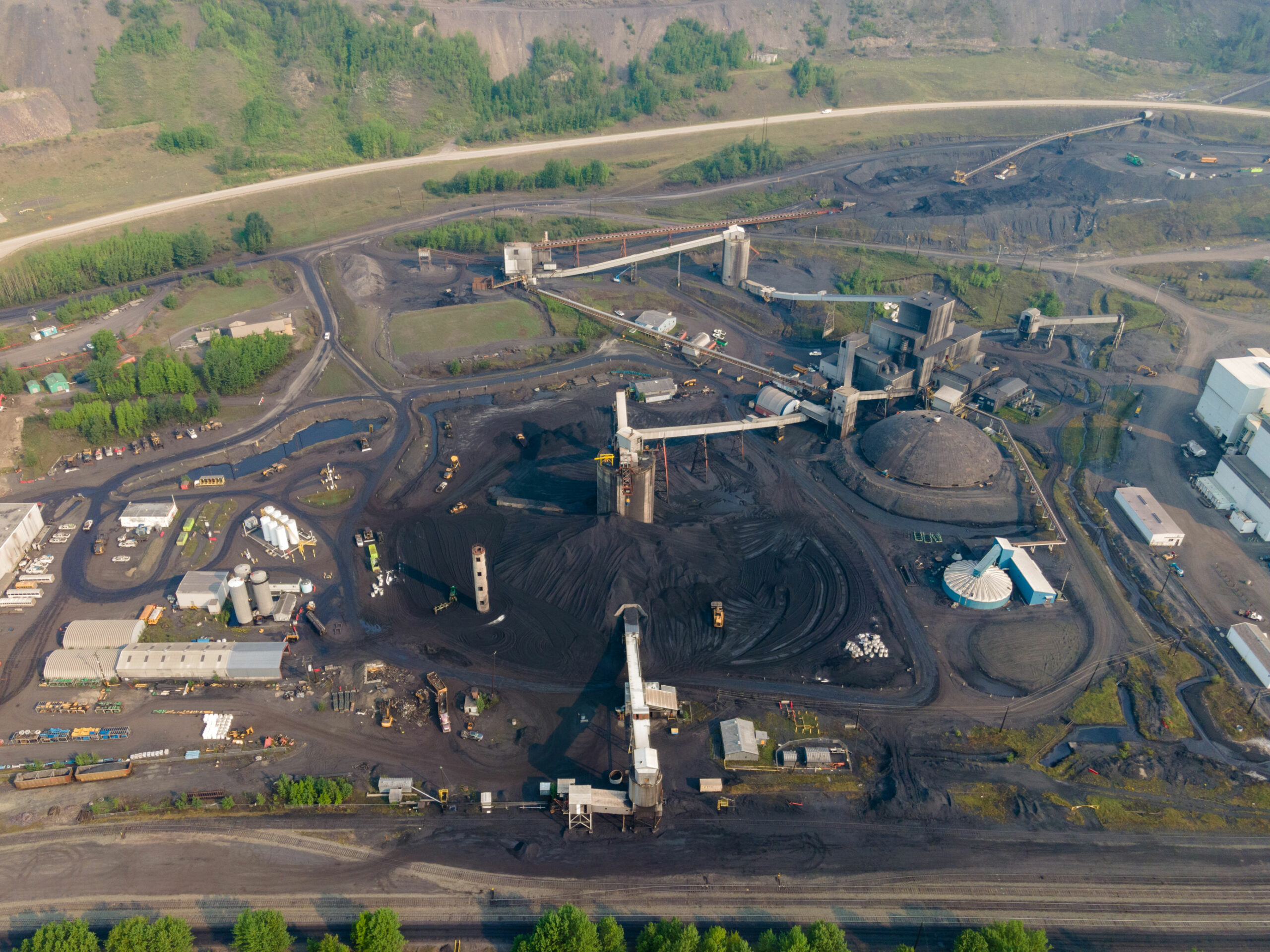
Mine 14 also straddles the boundary of two caribou management subregions in Alberta: the Upper Smoky and the Berland. The Alberta government committed to releasing plans for these areas to manage and limit the cumulative impacts on caribou, and other species, including grizzlies and at-risk fish, but one of these plans is now months overdue.
“This was one of the mines that was allowed to proceed when it seems like this should have been paused while those important overarching cumulative effects decisions were made,” Campbell says.
The company behind Mine 14 says the project will have a limited impact on the environment, citing its use of existing infrastructure like a coal processing plant and railways, its underground operations and its intention to recycle water and materials “where practical.”
She’s also concerned about the implications of coal wastewater given two recent incidents from CST Coal’s mine site near Grande Cache. In late 2022, approximately 107,000 litres of coal washwater was released from its containment area, followed by a second release in early March of 1.1 million litres into the Smoky River. Selenium affluent is highly toxic and has the potential to cause deformities and reproductive failures in fish.
Valory Resources says the Mine 14 project doesn’t pose any risk for selenium leaching, as it’s an underground mine as opposed to an open-pit or surface mine, and “mine water will not be released into the natural drainage courses.”
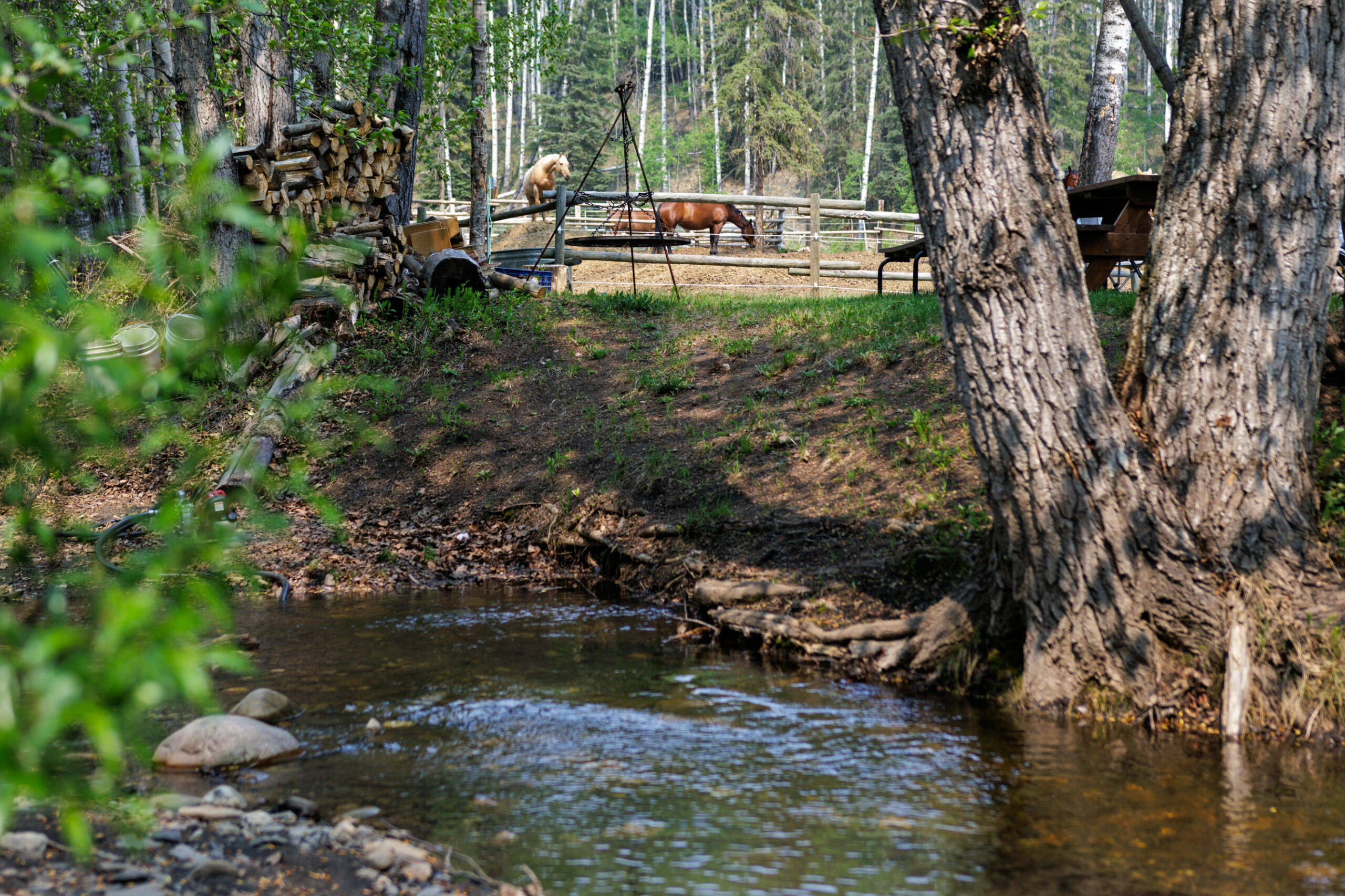
A spokesperson for the Alberta Energy Regulator told The Narwhal they were unable to provide further details as to the cause of the spills, but added the regulator will “continue to ensure the company is meeting all public safety and environmental requirements to respond to the incidents.”
But environmental groups and concerned citizens, including Desrochers and the Saddle Club, are not convinced.
“We don’t know enough about what caused those releases,” Campbell says. “The Alberta Energy Regulator investigation is still going on. But these accidents and spills keep happening, and there’s not enough transparency about [the regulator’s] inspection and audit results.”
Like any new mine, there is the potential for economic benefits. And the proponents of Mine 14 say the project has other benefits, too. Since the mine will produce metallurgical coal for steelmaking, the company bills it as “necessary to achieve Canada’s goals of making the clean energy transition and developing a new, green economy,” noting steel is necessary for clean energy infrastructure like wind turbines.
But the future of coal in steelmaking is up for debate and local benefits of the mine remain unclear. The company has said the mine will bring 600 direct and indirect jobs to the community and provide money through royalty payments, taxes and other avenues.
The Grande Cache Chamber of Commerce couldn’t comment on the potential economic benefits of Mine 14. “The Chamber itself doesn’t really have much information about the mine,” Rick Bambrick, president of the Chamber of Commerce, says.
“If and when they start up, they’re going to have a facility for 400 people to do the construction. We’re sort of waiting for the [municipal district] to announce that they’ve picked a place for these construction workers to operate from,” Bambrick says.
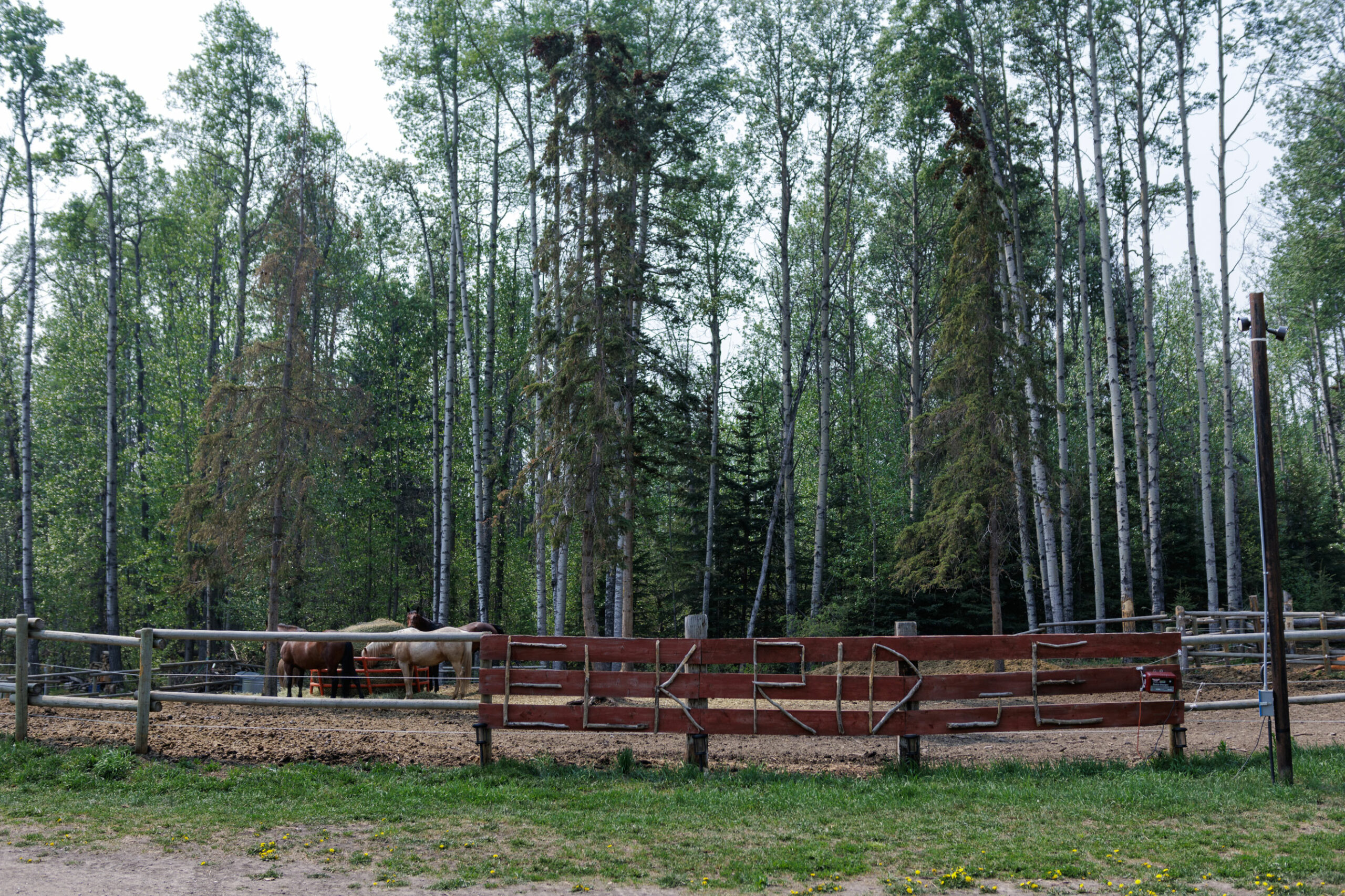
The idea of a worker’s camp has some residents, including Hall and Tippe of the Saddle Club, concerned. “There’s a possibility that they’re going to bring in transient workers from out of town, out of country, who will do their seven-day shifts, then go home,” Tippe says. In its submission to the federal government, the company behind Mine 14 says it will ensure “local suppliers, contractors and job-seekers are supported and prioritized,” but not everyone is convinced.
“With Mine 14, the [company] has no intention of bringing in long-term residents, or people that are going to buy homes,” Desrochers says. “Hotel owners will maybe see a little increased business at the beginning. But in the long term? No, it’s not going to be there.”
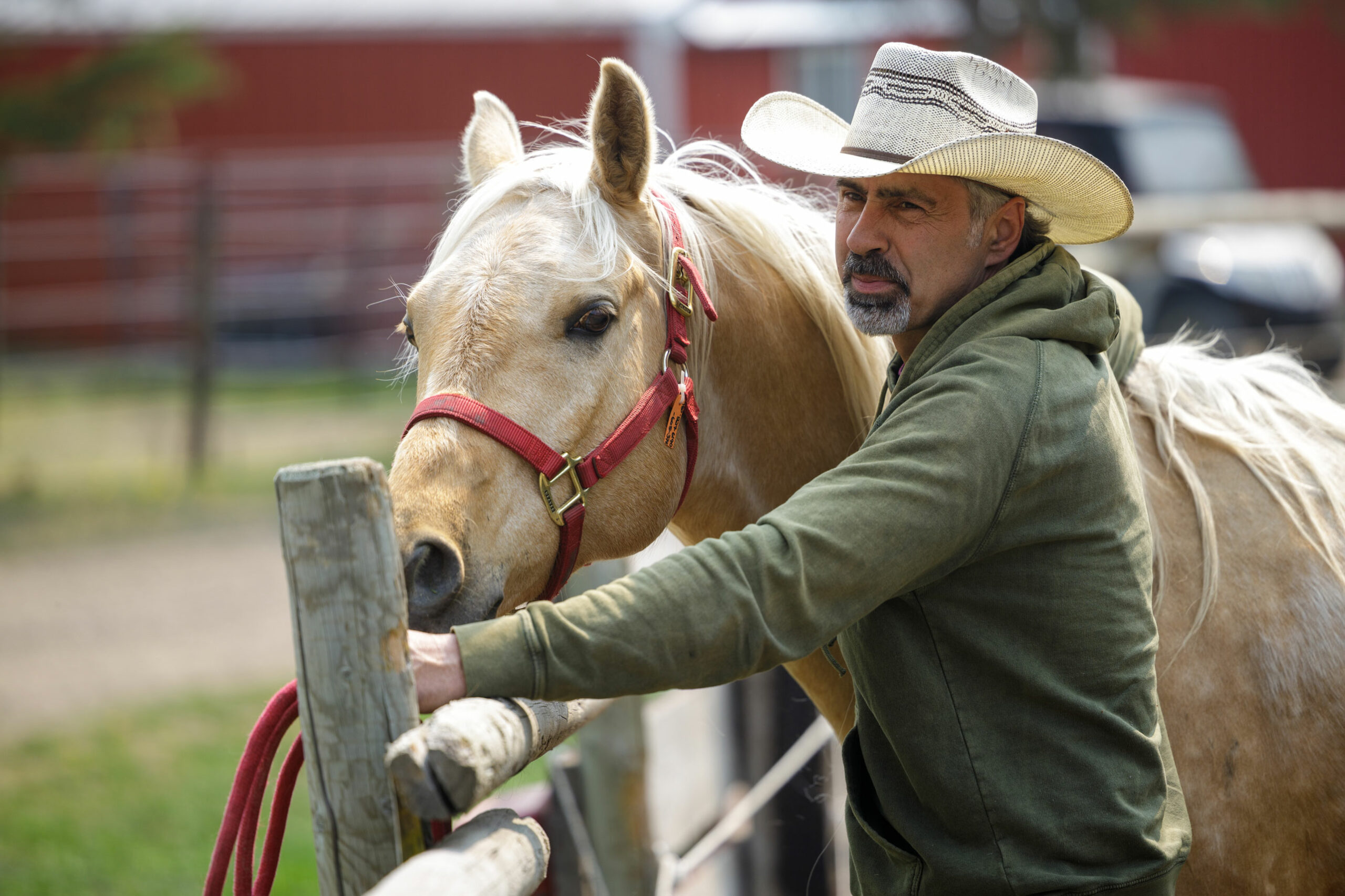
He’s tired of the long-standing narrative of Grande Cache being a one-resource town that depends solely on coal production. “We have other industry here. We have a thriving forest. We have oil and gas. The community has been pushing for a long-term sustainable tourism industry,” Desrochers says.
“Every time the mine north of us is closed, everybody thinks that the lights are going to turn off in Grande Cache. But people still live here, whether that mine is running or not.”
Updated on May 25, 2023, at 7:15 p.m. MT: This article was updated to remove a previous statment that Mine 14 has changed owners three times.
Get the inside scoop on The Narwhal’s environment and climate reporting by signing up for our free newsletter. Angello Johnson’s shoulders burn, and his arms...
Continue reading
First Nations are leading efforts to make sure lake sturgeon can find a home in...

We’re excited to share that an investigation by The Narwhal is a finalist for the...

A new documentary, Nechako: It Will Be a Big River Again, dives into how two...
